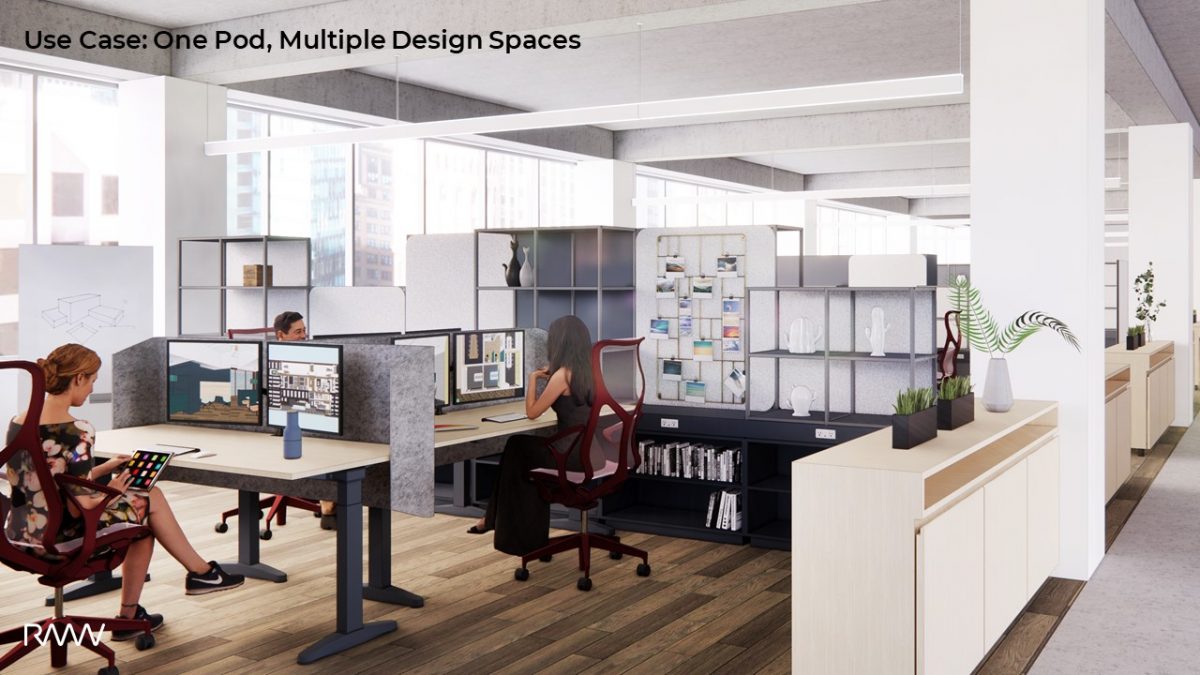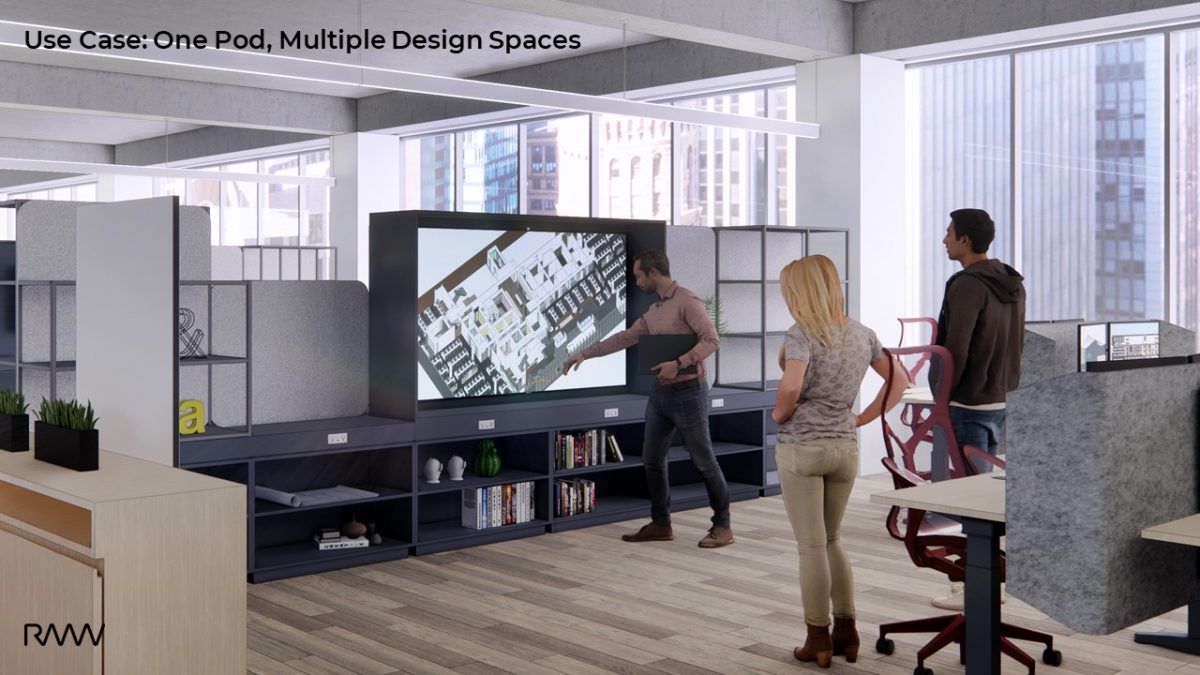Stories
The drastic switch to working-from-home (WFH) brought on by the COVID-19 pandemic has thankfully been successful for us. We quickly implemented the necessary technology to support remote work for both individuals and teams, and as a result, we’ve been able to conduct business as usual while maintaining our high standard of service to clients and partners for new and ongoing projects.
When the Shelter-in-Place (SiP) entered the second month, we conducted a firmwide survey (covering studios in San Francisco, San Jose and Sacramento) to gain insights into our staff’s experiences before and during the pandemic. Particularly for employees in our San Francisco studio, there were obvious benefits of WFH, such as minimizing public transportation commutes where there is a higher risk of exposure to COVID-19. And, as the most populous studio in the densest urban area, WFH offers San Francisco staff greater individual control over the spread of the virus. So why do we need to go back to the office if we are as effective and safer working from home?
Given the early success we experienced during SiP, and the needs expressed by our work family of 50 employees in our San Francisco studio, we explored WFH as a permanent component of our weekly workflow. However, our survey also revealed reasons why the current office should be re-imagined in a way that supports in-person collaboration in a post-COVID world.
.
Workplace Challenges

What the survey revealed about the value of our design culture was very significant. It confirmed what we were all sorely missing while under SiP: A highly engaged team, collectively brainstorming “a-ha!” moments, producing and refining great ideas, and enjoying the cultural bond that makes us a work family. Not only do our people feel most creative together in the same space, our process often relies upon the ability to quickly bounce ideas off one other. This frequently involves impromptu sketching, which is difficult to do virtually, bordering on impossible. The design team dynamic also feeds off of the palpable excitement that is generated by the group when a solution emerges. These creative parts of our process are best done in person. Furthermore, as professionals who specialize in workplace design for companies across many different sectors, our experience tells us that it’s not just the design-oriented fields that depend on in-person collaboration to generate the best output. Most organizations benefit from cultivating highly engaged teams, which is why we are so often asked to develop agile spaces that nurture the creative, open office dynamic.
Our survey responses also indicated that WFH provided many people with the necessary focused environment that our pre COVID-19 office space lacked. We quickly discovered that most virtual meetings between clients and consultants worked well, especially for typical coordination and progress updates. On the other hand, the in-home office was less beneficial for those with school-aged children at home and for those whose living spaces did not easily convert into functional office spaces due to either lack of room, lack of technology, or both.
Creating the new office paradigm

We realized that we needed to create a workplace built for teams, one that allows for physical distancing without stifling the collaborative team dynamic that produces our best ideas. With this in mind, we developed use-cases that support teams with the following:
- Flexible desking
- A large screen to display ideas
- Moveable marker boards for sketching and pin-up
- Ample shelving to store what the team needs as well as inspirational artifacts
- Dedicated tool trays for each person that contains wireless devices, PPE, tumbler, and everyday tools
A critical path to nurturing this new, team-oriented workplace is the establishment of a clear work policy. This includes:
- WFH anytime to focus. Coming to the office for individual focused work is optional. WFH helps to prevent exposure to COVID-19.
- Define the office as the best place for team collaboration. When to come in is determined by the team.
- Shortened work week with optional work Fridays.
Our solution for the RMW San Francisco studio is to transform our office into a design team center by relocating the individual, focused work to the home and making the office itself into a better design resource. This includes creating a larger materials library and providing more plotters, pin-up spaces, and technology assistance.

We believe the methodology we used to arrive at this solution applies to all organizations that rely on harnessing individual strengths for team collaboration. The steps we took can be applied to companies of all scales and types, and consist of:
- Surveying and listening to your local staff needs
- Questioning and examining pre-COVID work behavior
- Permanently adopting those work habits that worked well during the pandemic
- Exploring use-cases that incorporate both palpable solutions and policy changes
- Emphasizing and enhancing the workspace to be empathetic to individual needs
Taking this approach will help organizations identify the specific changes that will help employees re-establish the much-needed human connection that leads to productive collaboration.